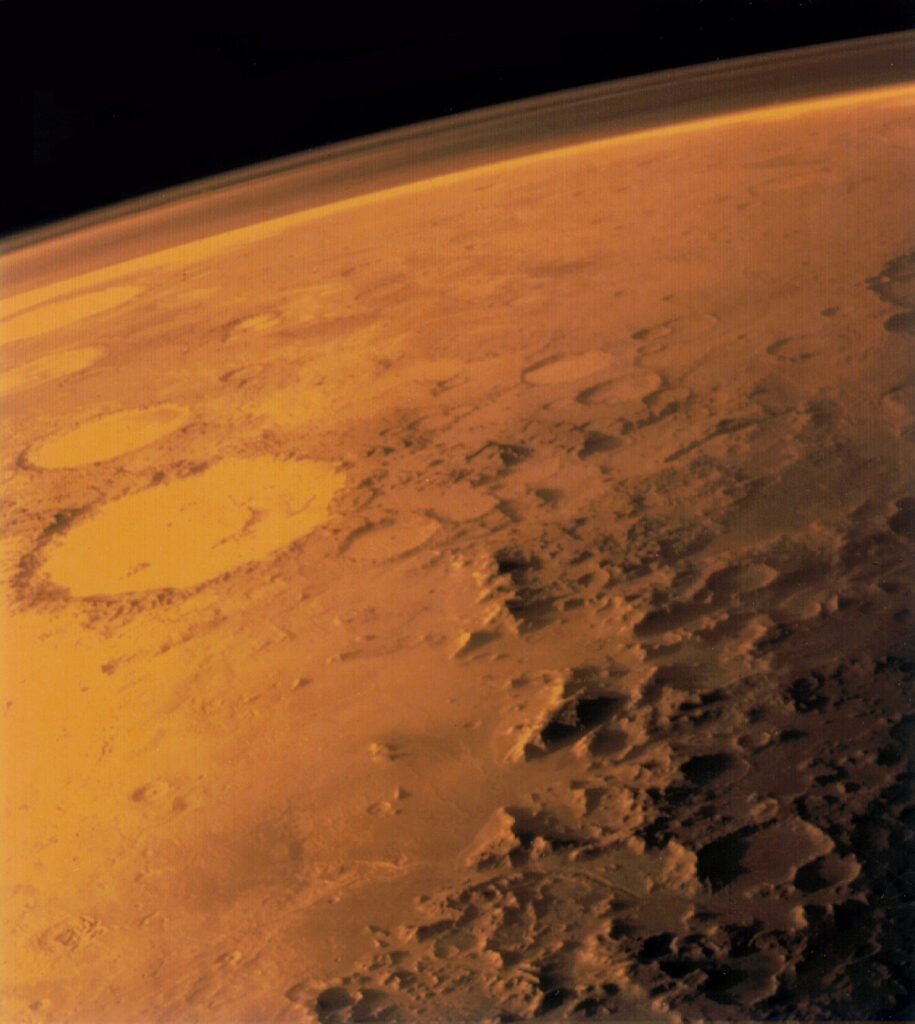They say Mars is a world of ghosts—rusty, silent, and still, yet hiding secrets that could shake our understanding of the cosmos. For generations, we’ve pointed our telescopes, sent our robots, and dreamed about walking on that ochre soil. But why do we keep returning, again and again, to this cold desert planet? There’s something deeply human about our obsession with Mars. Is it the hope of discovering ancient life, or the thrill of imagining ourselves as explorers on a new frontier? As we peel back the layers of Martian dust, we find more questions than answers—puzzles that have kept scientists, adventurers, and stargazers up at night for decades. Let’s wander together through the biggest riddles that make Mars irresistible.
The Enigma of Ancient Water
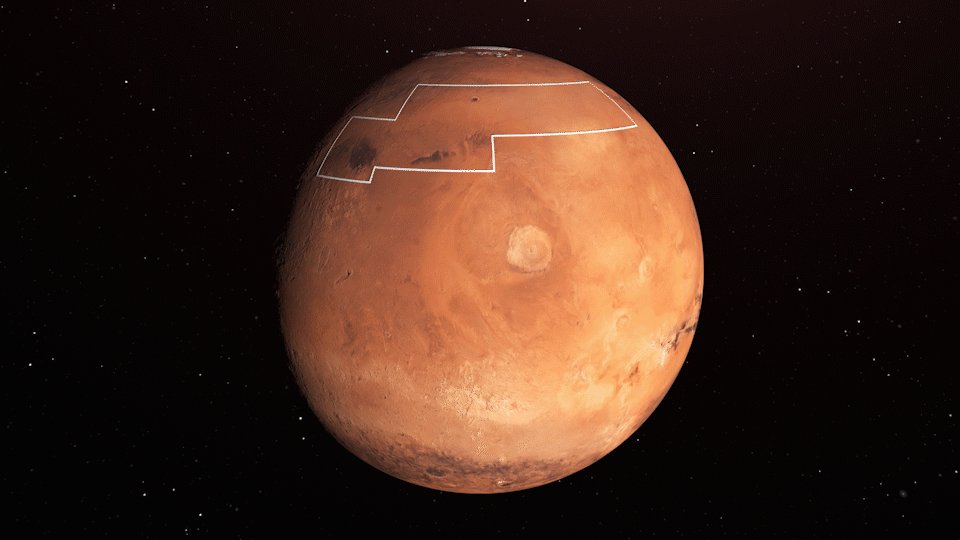
Mars’ dry, barren surface today is a far cry from the evidence of rivers, lakes, and even oceans that once carved its landscape. Gigantic canyons and dried-up riverbeds crisscross the planet, hinting that water once flowed freely, shaping valleys and leaving behind mineral deposits that only form in liquid. But where did all that water go? Was it lost to space, or does it still lie hidden beneath the surface? These questions drive missions like NASA’s Perseverance rover, which scours ancient lakebeds for chemical traces of water. Every rock sample drilled or analyzed brings us closer to understanding whether Mars was once a blue planet like Earth.
The Search for Past Life
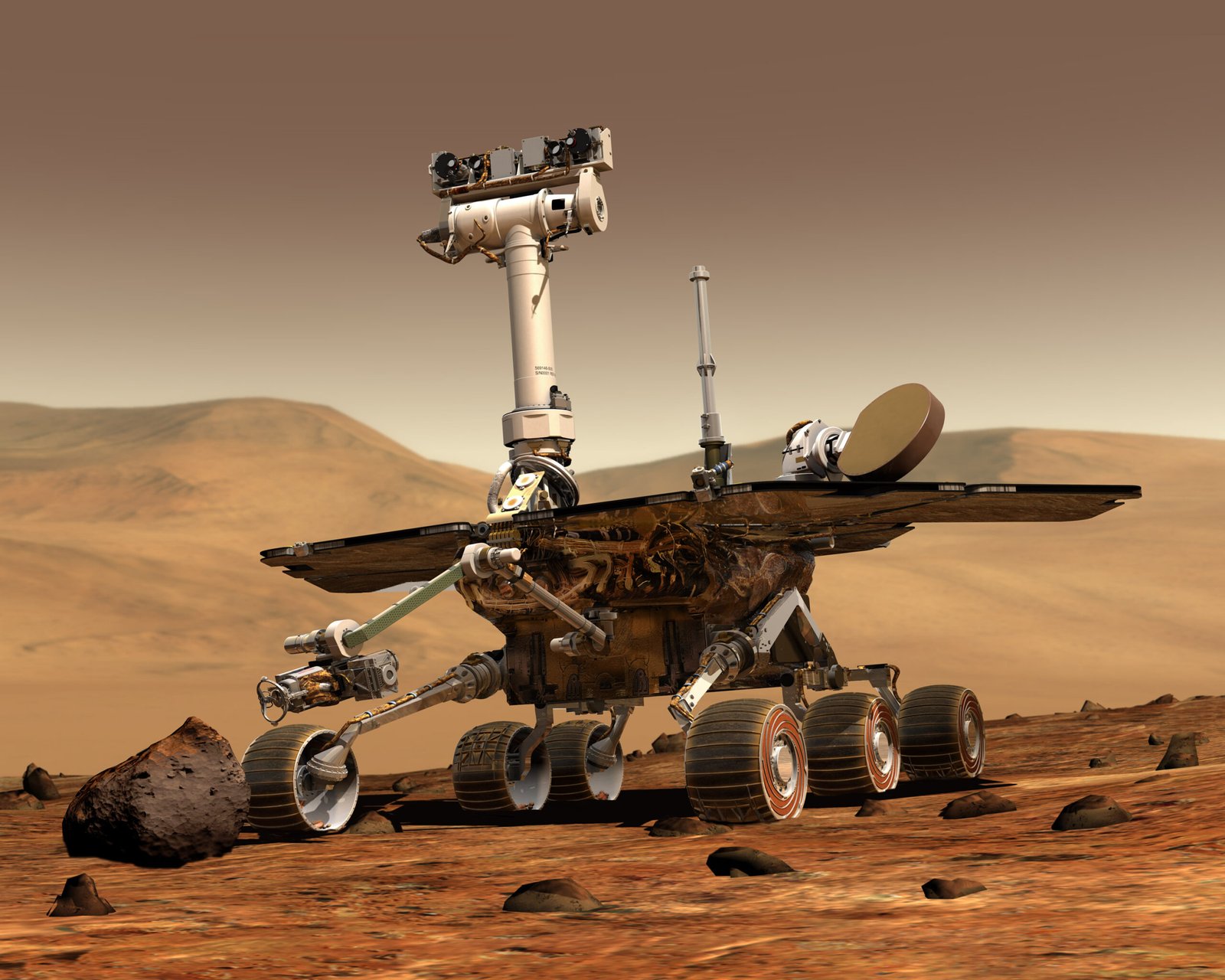
Perhaps the most tantalizing mystery—could life have ever flourished on Mars? Scientists are obsessed with this question, combing the Martian soil for organic molecules, fossilized microbes, or other signs of ancient life. The discovery of methane spikes, which can be produced by living organisms, has only fueled the excitement. If Mars once had water and a thicker atmosphere, could it have supported simple organisms billions of years ago? The search for biosignatures is not just about Mars; it’s about finding out if life is a cosmic accident or a common thread in the universe.
The Riddle of Seasonal Methane
Methane on Mars comes and goes in mysterious seasonal cycles, confusing scientists and sparking heated debates. On Earth, methane is often a byproduct of living creatures, though it can also form from geological processes. The Curiosity rover found that Martian methane levels rise and fall with the seasons, but no one knows exactly why. Is there underground microbial life quietly releasing gas, or are there unknown chemical reactions at play beneath the surface? This puzzle remains one of the most intriguing, because the answer could point to active life or reveal new Martian chemistry.
The Vanishing Atmosphere
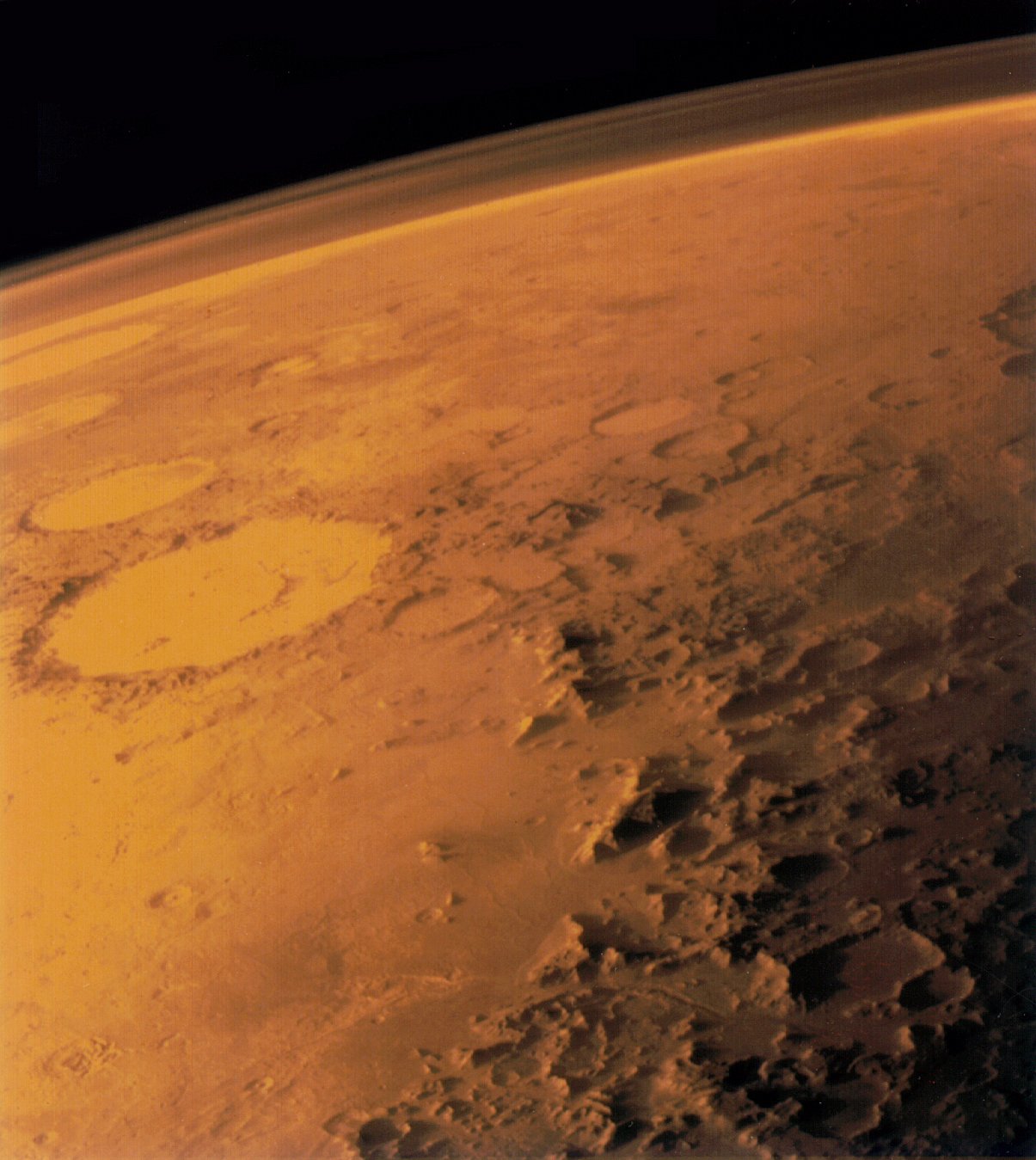
Billions of years ago, Mars likely had a thick atmosphere, shielding it from deadly radiation and keeping its surface warm enough for liquid water. Now, its air is whisper-thin—less than 1% of Earth’s—which means water quickly evaporates or freezes. What happened to the Martian atmosphere? Recent missions like MAVEN have shown that the solar wind—streams of charged particles from the sun—slowly stripped away the gases, transforming Mars from a potentially habitable world into a frozen desert. Understanding this process helps us learn about planetary evolution and the fragile balance that makes Earth livable.
The Story Written in Martian Rocks
Every Martian rock is a time capsule, preserving secrets from billions of years ago. Scientists analyze the color, texture, and chemical makeup of these stones to reconstruct the planet’s history. The discovery of clays and salts in ancient lakebeds suggests long periods of water stability, while volcanic rocks reveal episodes of fiery upheaval. By reading these stony records, we hope to answer when Mars became dry, how its climate changed, and whether these processes could repeat elsewhere in the solar system.
The Mystery of the Polar Ice Caps
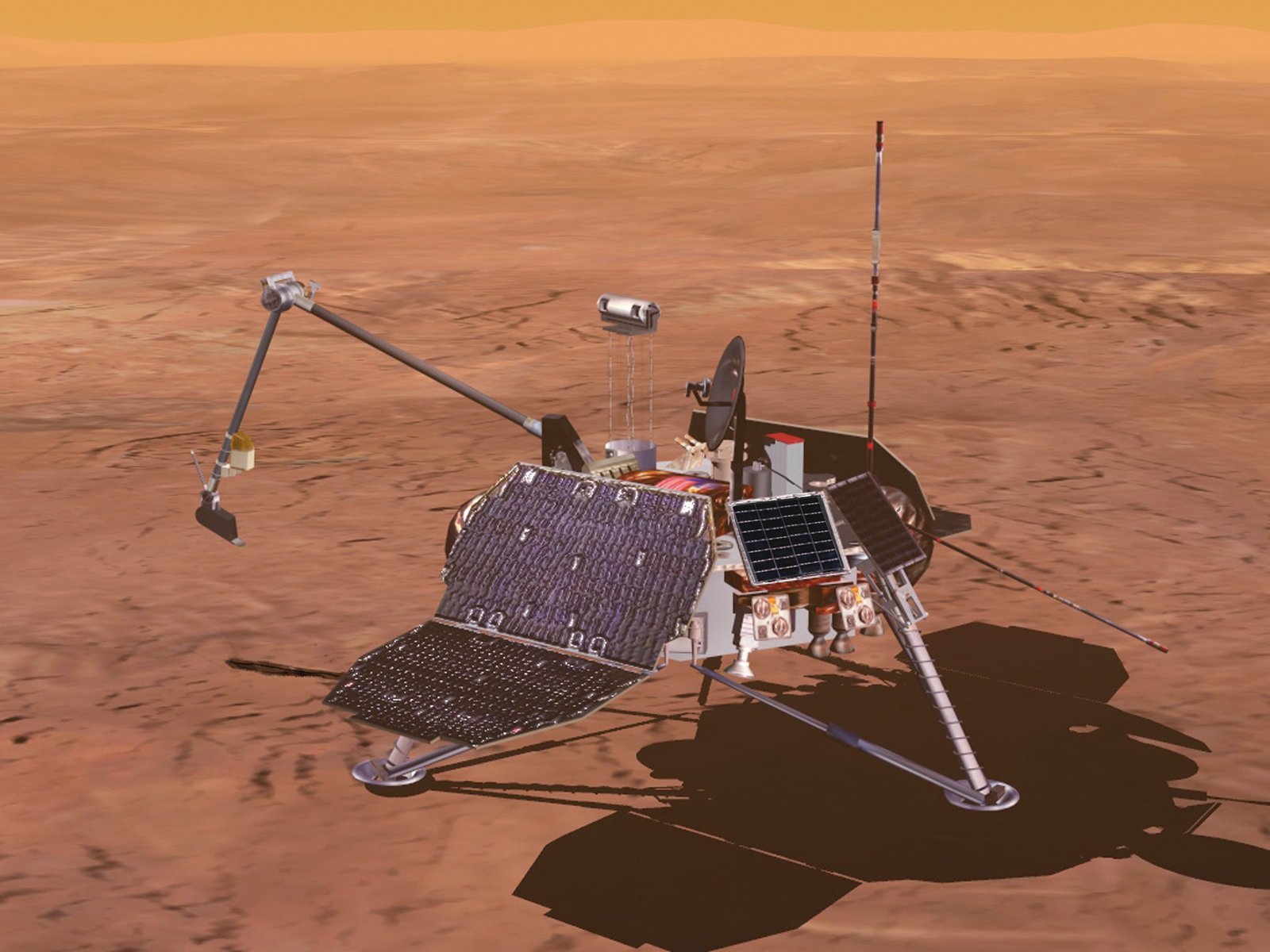
Mars’ polar regions are crowned with vast caps of ice, made of both water and frozen carbon dioxide. These icy expanses grow and shrink with the seasons, sometimes revealing strange spiral patterns and mysterious dark streaks. Scientists wonder if pockets of liquid water might lurk beneath the ice, providing refuge for life even today. Understanding these polar processes could also teach us about climate cycles on Mars and help us plan for future human explorers who might rely on these frozen resources.
The Puzzle of Dust Storms
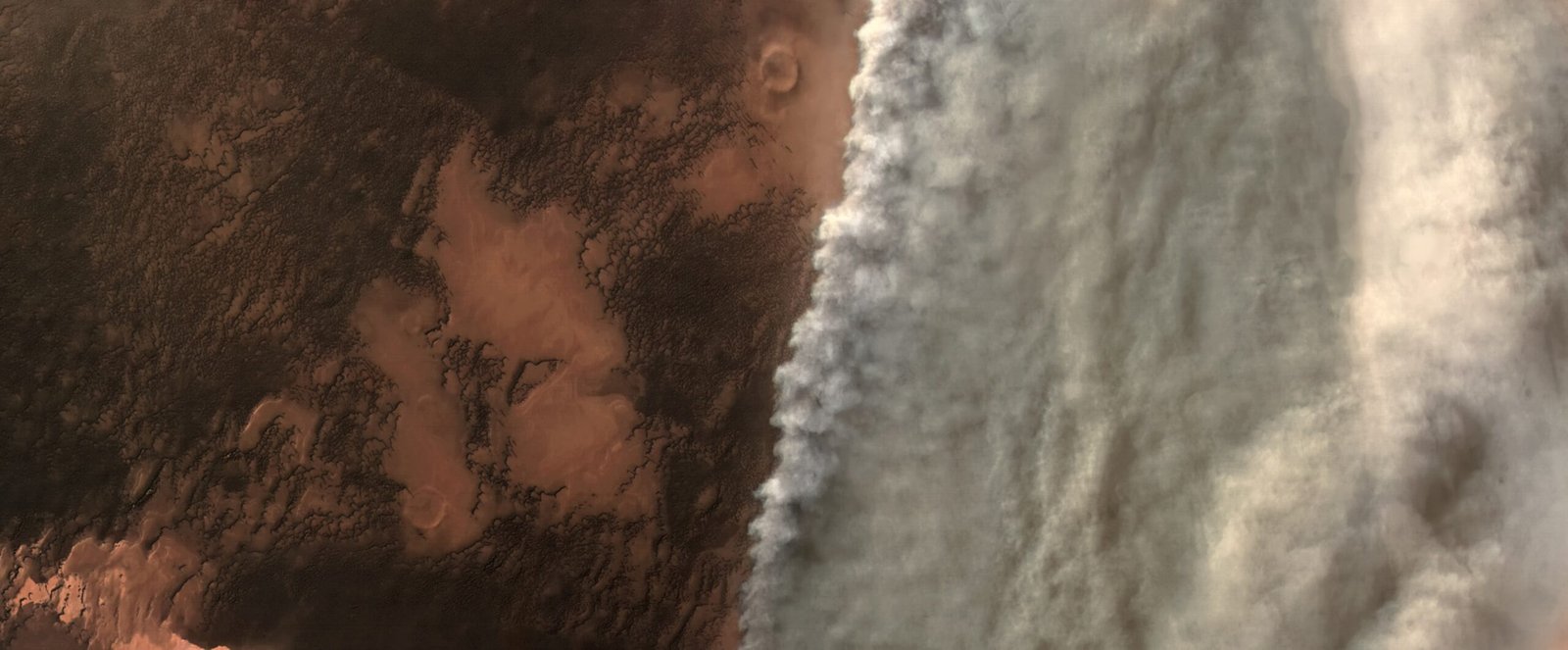
Martian dust storms aren’t just a nuisance—they can engulf the whole planet, blotting out the sun for weeks. These storms are unpredictable, sometimes starting as tiny gusts and swelling into monstrous, planet-wide tempests. They shape the landscape, erode rocks, and can even damage delicate instruments on rovers. But what triggers these storms, and why do they sometimes become so massive? Unraveling this mystery is crucial for future missions and for understanding Mars’ weather, which is so different from our own.
The Oddity of Mars’ Magnetism
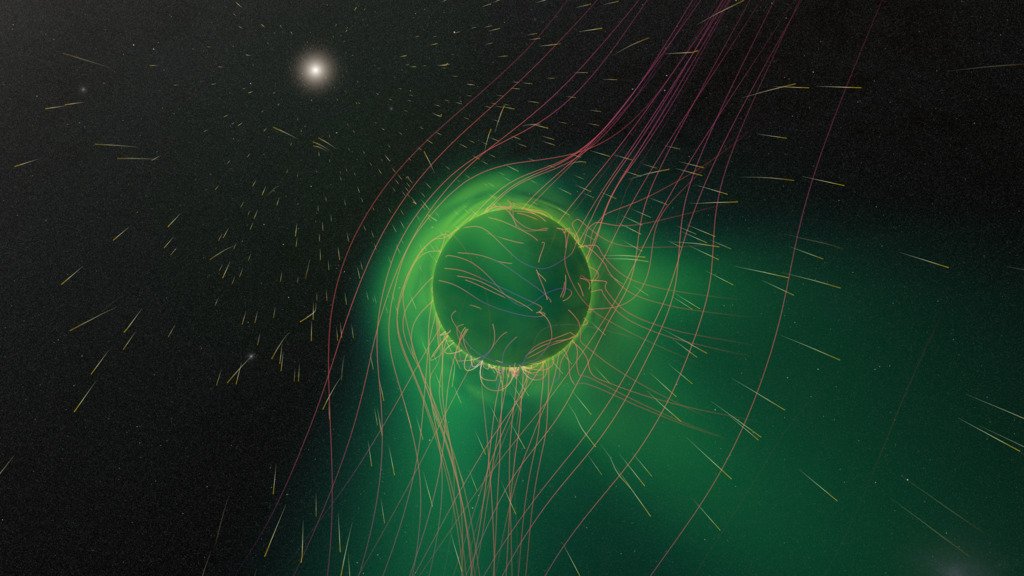
Unlike Earth, Mars has no global magnetic field to shield it from cosmic rays and solar winds. But strangely, some regions of its crust are magnetized, suggesting that Mars once had a magnetic field that mysteriously shut down. These ancient magnetic fingerprints are clues to the planet’s deep interior and its early history. Scientists are eager to learn why Mars lost its protective shield, as this could explain the loss of atmosphere and the drying of its ancient rivers.
The Secret of Subsurface Lakes
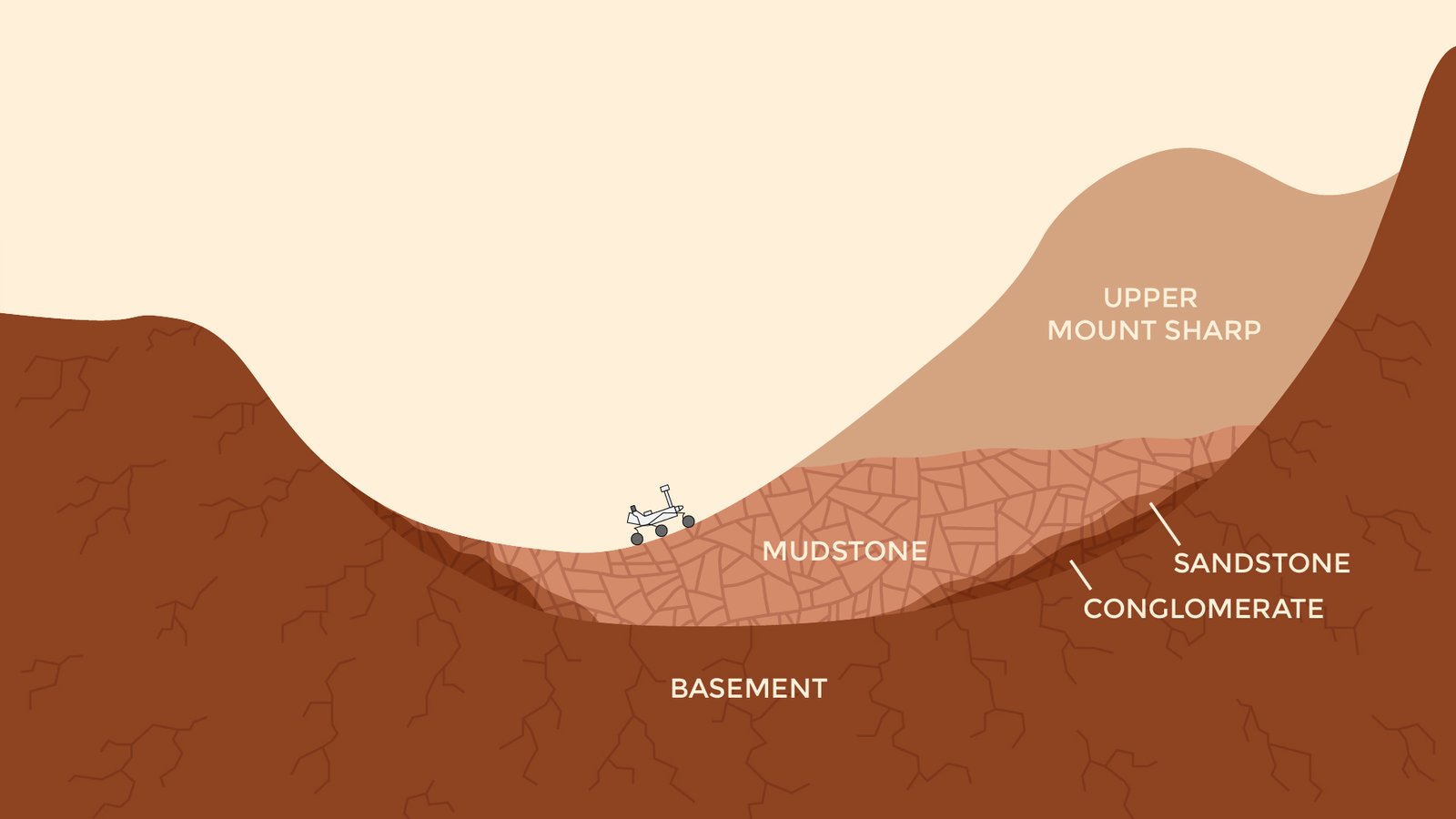
In recent years, radar from orbiters has hinted at the presence of liquid water lakes beneath Mars’ south polar ice cap. If confirmed, these buried lakes would be one of the most exciting discoveries in planetary science, offering a possible habitat for life today. But how can water remain liquid in such a cold environment? Some scientists believe that salts dissolved in the water act like a natural antifreeze, while others are skeptical. This debate has sparked new missions and experiments, all seeking the truth hidden deep below the surface.
The Martian Moons: Phobos and Deimos
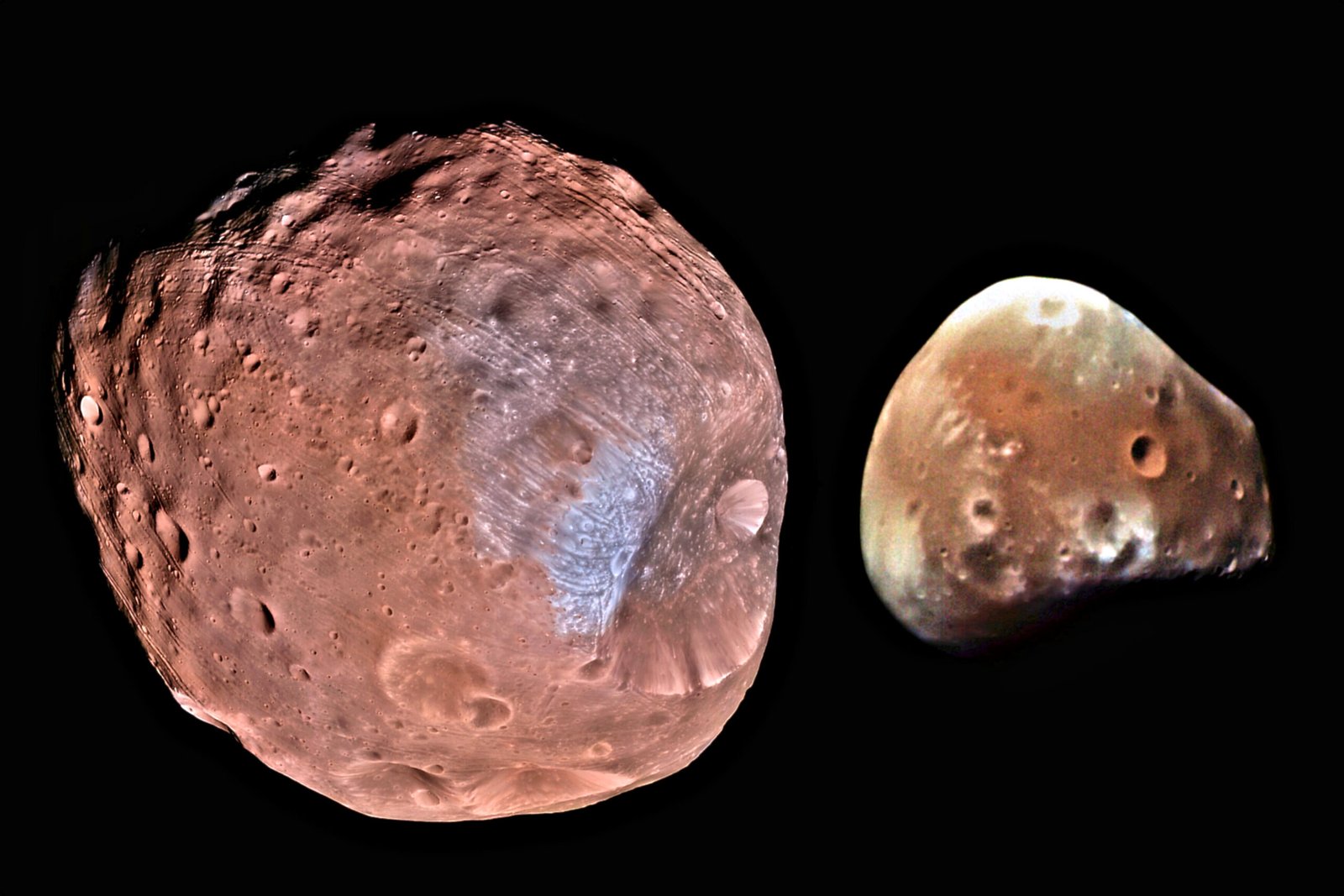
Mars’ tiny moons, Phobos and Deimos, are oddballs—irregularly shaped, cratered, and much smaller than Earth’s moon. Scientists aren’t sure where they came from. Were they captured asteroids, or fragments from a massive collision? Their mysterious origins could tell us about the violent past of the solar system. Upcoming missions aim to collect samples from these moons, hoping to reveal their composition and history.
The Giant Volcanoes
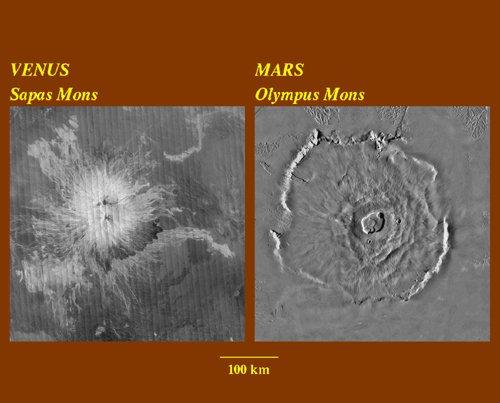
Mars is home to the largest volcano in the solar system—Olympus Mons. This gargantuan shield volcano towers nearly three times the height of Mount Everest and sprawls wider than the entire state of Arizona. The Tharsis region, home to several giant volcanoes, suggests Mars was once volcanically active on a scale we can barely imagine. But why did these volcanoes grow so large, and when did they last erupt? Their immense size hints at a unique geological history, and studying them might reveal why Mars’ volcanic fires eventually died out.
The Great Canyon: Valles Marineris
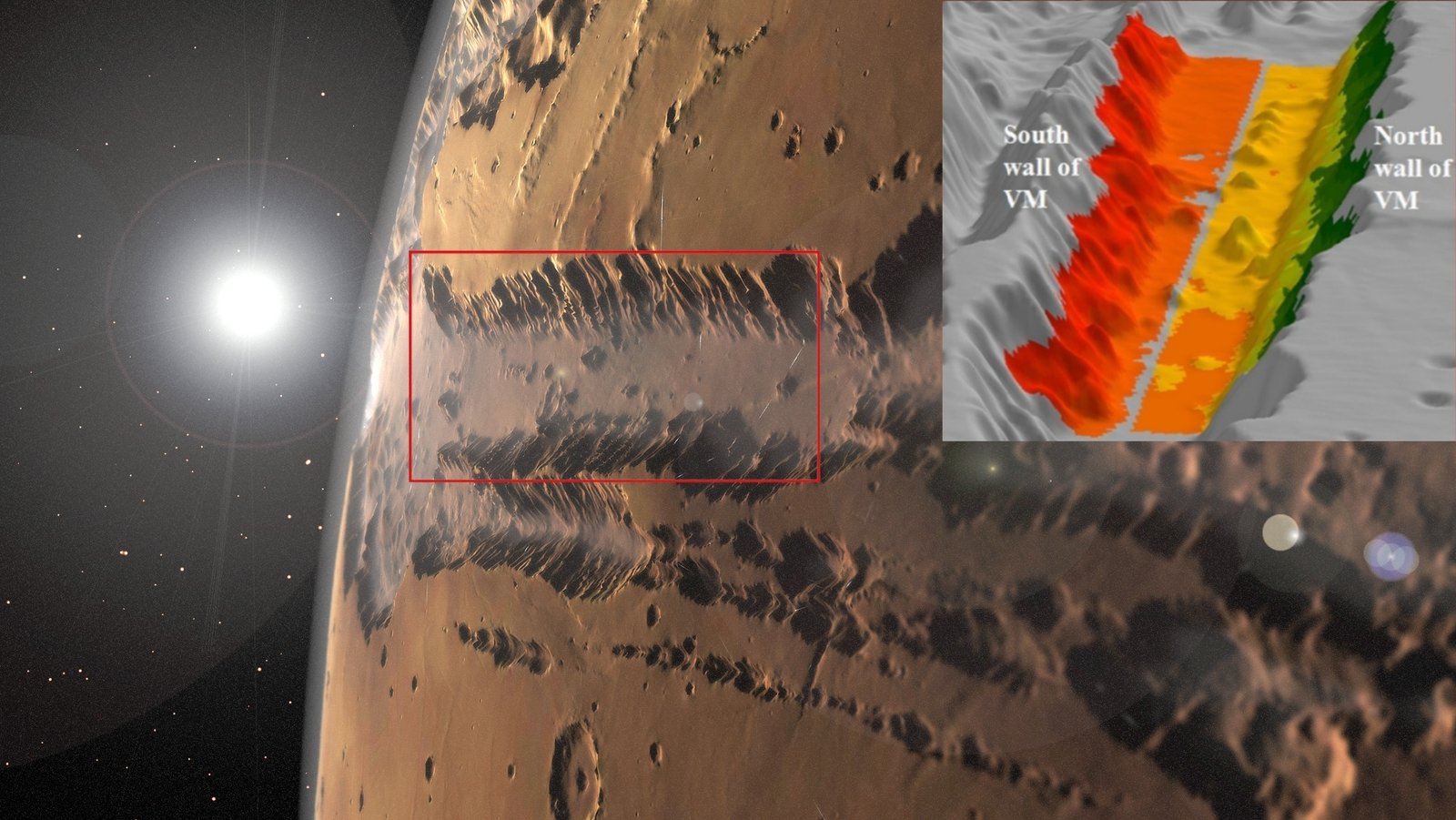
Stretching over 4,000 kilometers, Valles Marineris is a scar across Mars’ equator that dwarfs Earth’s Grand Canyon. Its sheer cliffs and tangled valleys are a geological wonder, but their origin is still debated. Was it carved by water, tectonic forces, or some cataclysmic event? Exploring this canyon could help us understand the forces that shaped Mars and uncover ancient sediments that might hold clues to the planet’s mysterious past.
The Perplexing Blue Sunsets

Mars offers a strange treat for sky-watchers: sunsets that glow blue instead of red. This optical illusion is caused by the fine dust in the thin atmosphere, which scatters sunlight differently than on Earth. The sight is otherworldly and a reminder of how alien Mars truly is. Scientists study these phenomena to learn more about the planet’s atmosphere and dust, which affect everything from weather patterns to solar power for future missions.
The Riddle of Recurring Slope Lineae
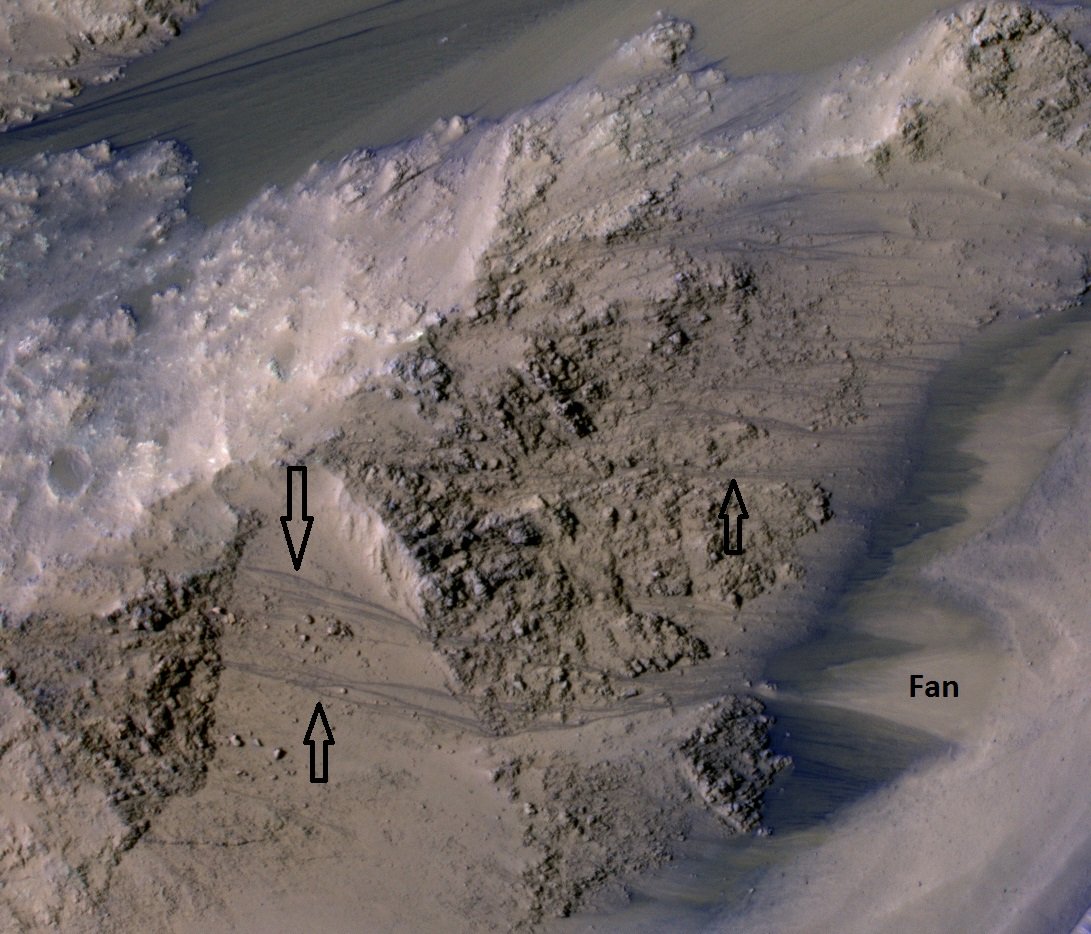
Dark streaks called recurring slope lineae (RSL) appear seasonally on Martian hillsides, then fade away. Some researchers think these are caused by briny water seeping down slopes, while others argue they’re simply dry sand flows. If water is involved, even in small amounts, it could have big implications for the possibility of life and how we search for it. The debate over RSL keeps scientists returning to these mysterious marks, hoping for a breakthrough.
The Climate Conundrum
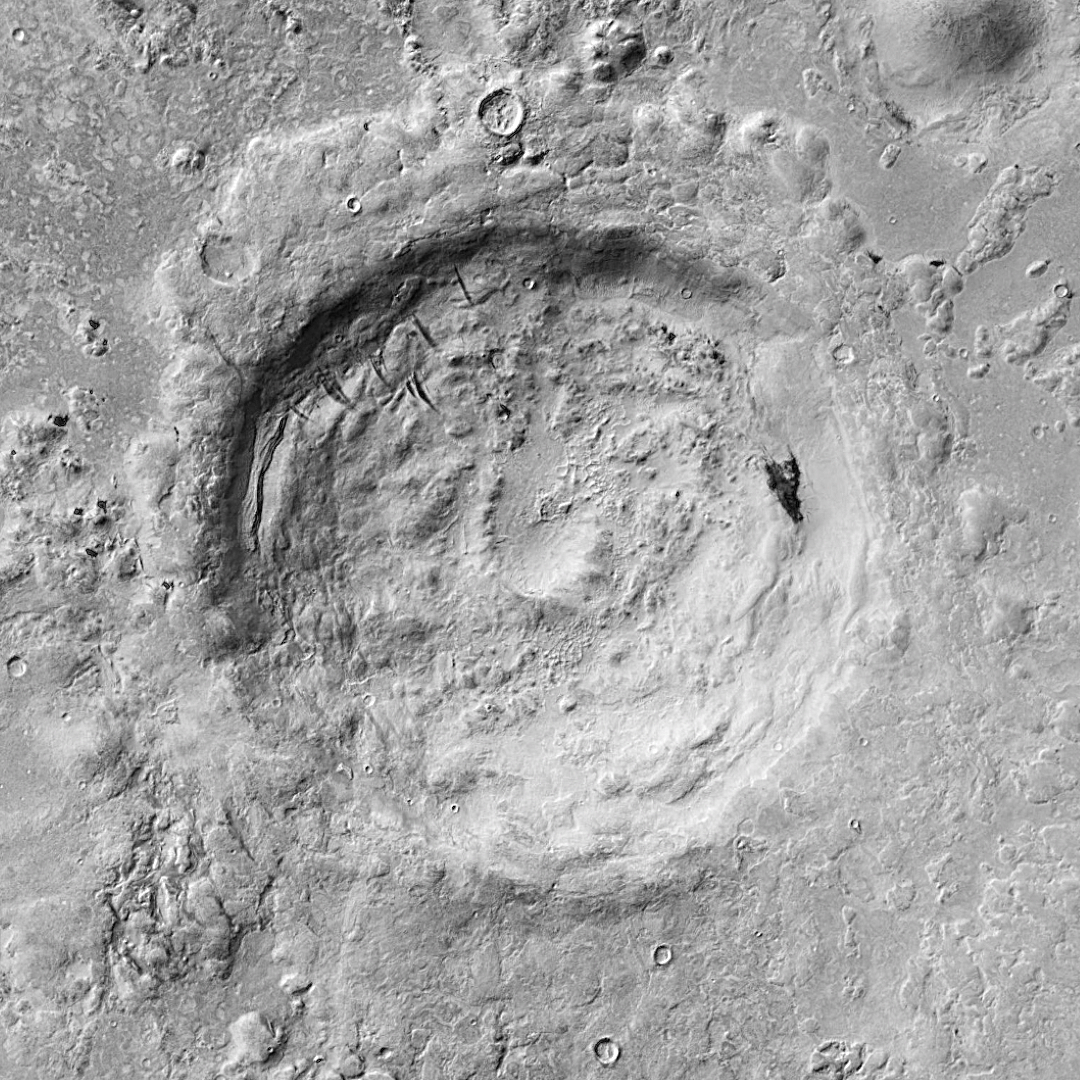
Mars’ climate has swung wildly over billions of years—from wet and warm to bone-dry and frigid. What drove these dramatic changes? Was it the loss of atmosphere, shifts in the planet’s tilt, or volcanic eruptions? Piecing together Mars’ climate history is like solving a cosmic jigsaw puzzle, one that could help us understand climate change on Earth and the habitability of planets around other stars.
The Question of Organic Molecules

Organic molecules—complex carbon-based compounds—are the building blocks of life as we know it. Rovers have found tantalizing hints of these molecules in Martian soil and rocks. But where did they come from? Are they remnants of ancient life, or the result of chemical reactions with volcanic gases and sunlight? The presence of organics doesn’t prove life, but it keeps the dream alive and spurs new experiments and missions.
The Challenge of Human Survival
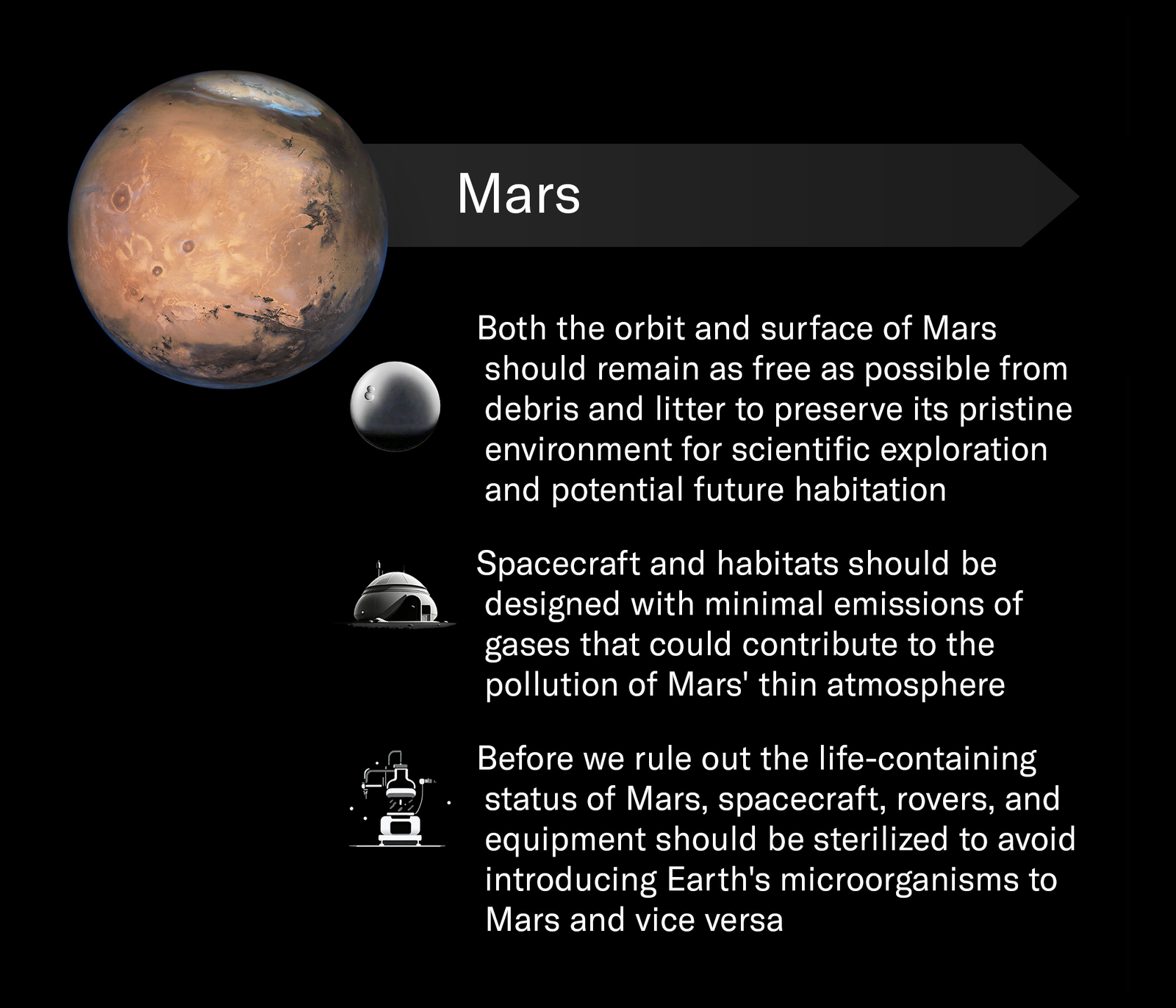
Sending humans to Mars is no small feat. The thin atmosphere, intense radiation, and bitter cold would make survival a daily struggle. Scientists and engineers are working on habitats, life support systems, and ways to grow food on the planet. Every challenge faced by robots today is a preview of the hurdles awaiting human explorers tomorrow. Solving these problems isn’t just about technology—it’s about understanding Mars itself.
The Allure of Martian Seasons
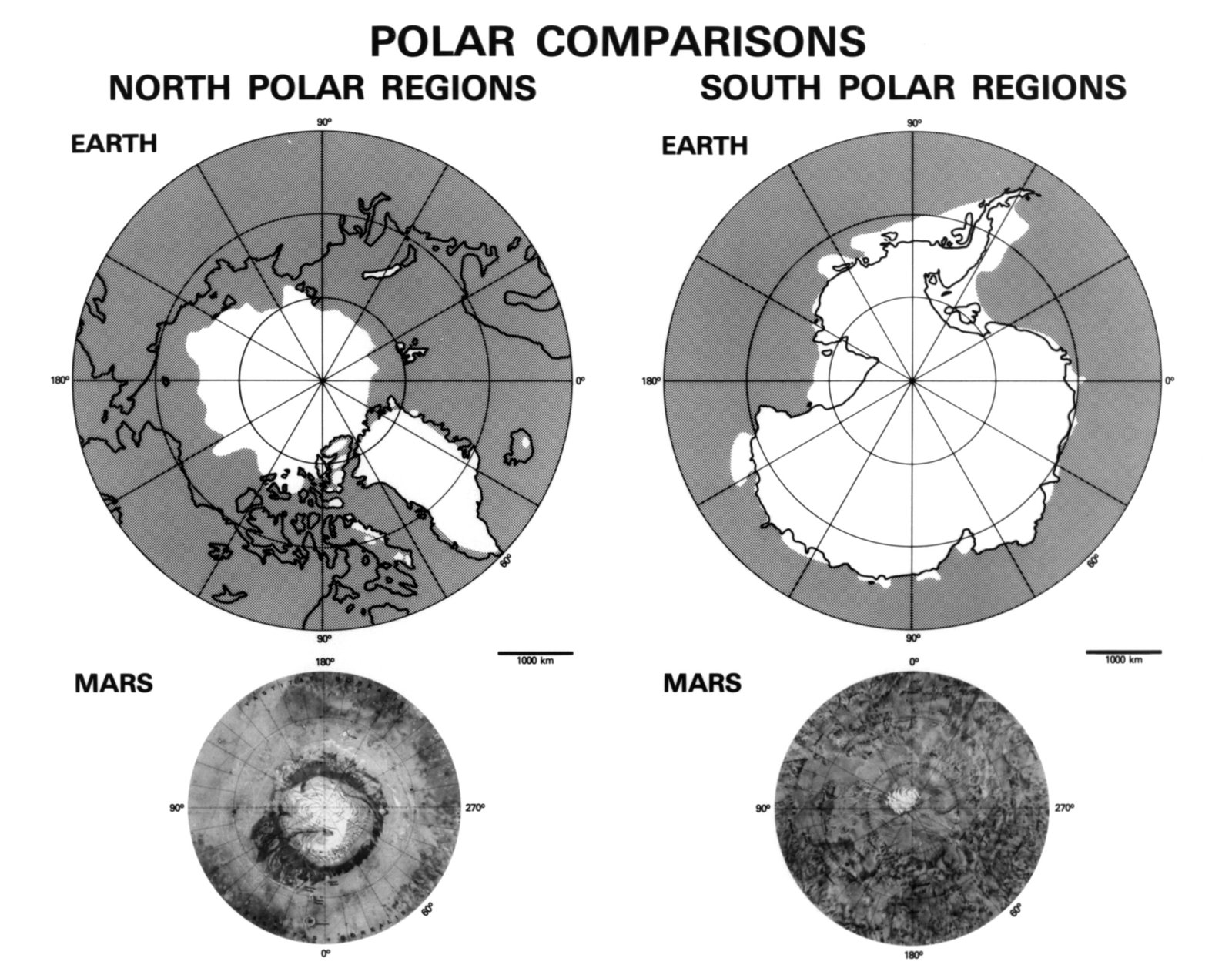
Mars has seasons, just like Earth, thanks to its tilted axis. But they play out differently, with longer, colder winters and shorter, milder summers. The changes in sunlight drive everything from dust storms to the growth and retreat of polar ice. Studying Martian seasons helps scientists predict weather patterns, plan missions, and understand how a planet’s tilt affects its habitability.
The Magnetic Crust and Ancient Dynamo
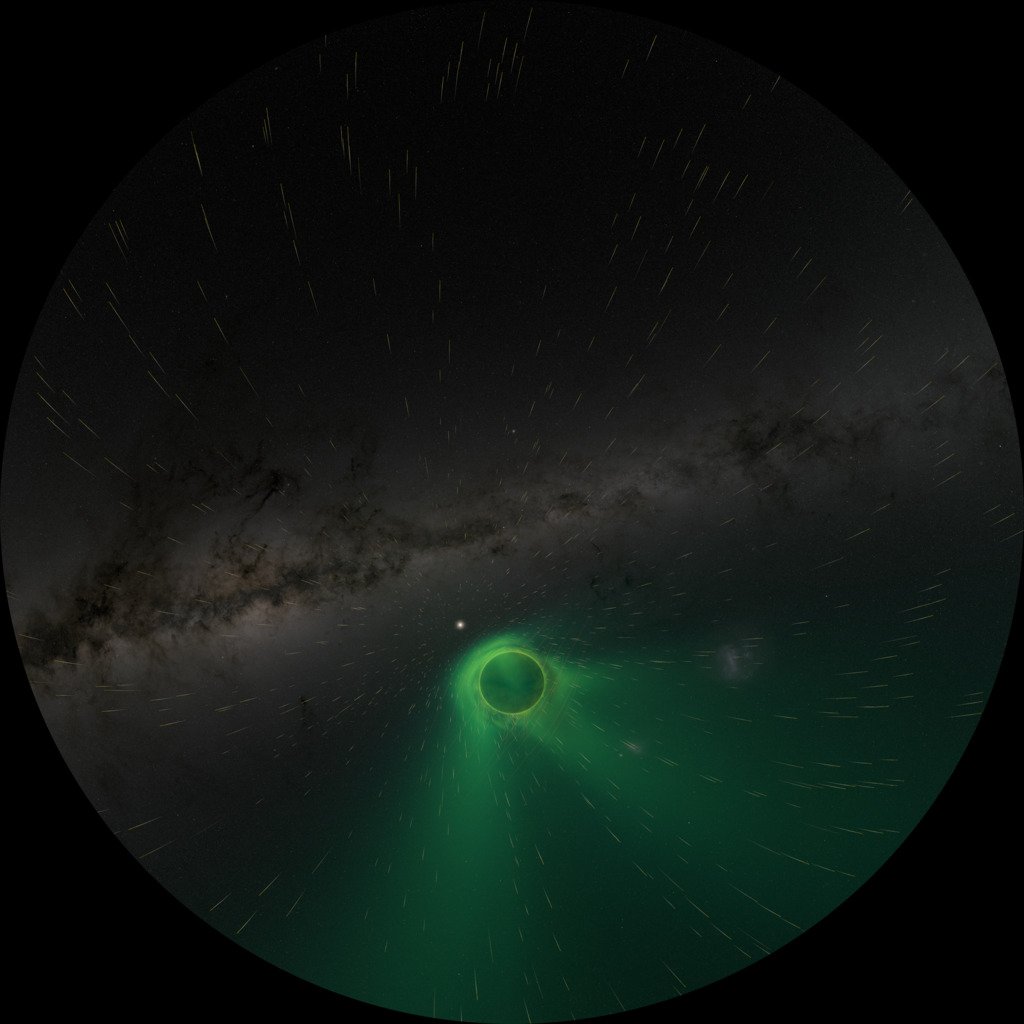
Locked inside the rocks of Mars is a faint record of a vanished magnetic field. Scientists believe Mars once had a churning, molten core that generated a protective magnetic “bubble”—a dynamo, like Earth’s. But something went wrong, and the dynamo stopped, leaving Mars exposed to the harshness of space. Understanding why Mars’ core cooled and solidified could reveal why the planet changed so dramatically.
The Everlasting Curiosity
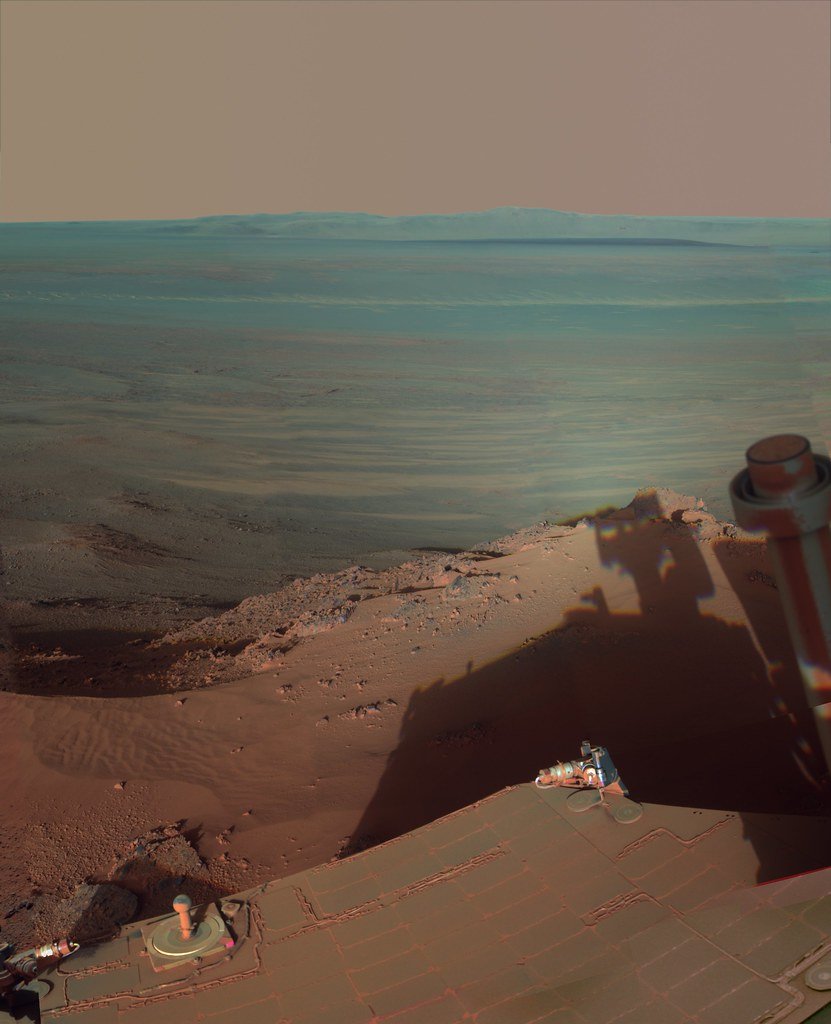
At the heart of our Mars obsession is a simple, restless curiosity. Every rover, lander, and orbiter sent to the Red Planet brings back data that raises new questions. Mars is a mirror for our own hopes and fears—about life, survival, and our place in the universe. Each discovery makes the planet feel a little less distant, a little more like a part of our own story. With every new mission, we’re not just exploring Mars—we’re exploring the limits of what we can imagine and achieve.

